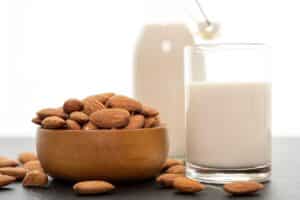
A Conversation with Jamie Carbaugh, a weight-neutral personal trainer:
Insights from a Weight Neutral Personal Trainer: Jamie Carbaugh How do you define “exercise”? How would your experience of moving be if you replaced the word exercise with movement? At









